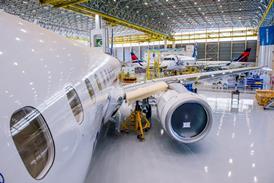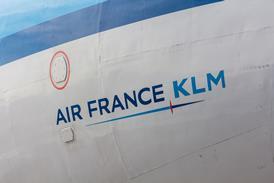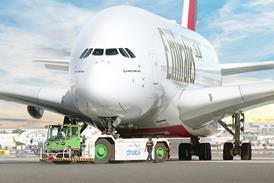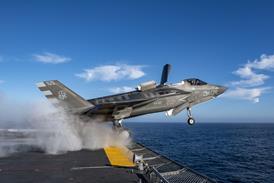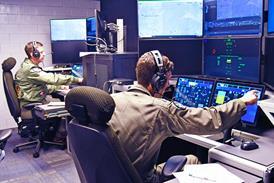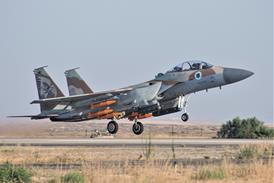let's start with a sobering number: $68 billion. That's the total net loss for the industry in the past decade, according to data from the Airline Business World Airline Rankings with a little estimation for the end of this year. It's worth repeating that number again, to truly let its sheer size sink in: $68 billion.
Only three times during the decade has the industry been collectively profitable. It crept into the black in 2000, but plummeted to previously unheard of losses totalling over $12 billion following the 9/11 terror attacks. By 2005 the traffic recovery edged the industry towards the black once again. But extraordinary restructuring charges at United Airlines of over $20 billion dragged the numbers down, so it took another year before a profit finally hit the books, and yet another to reach the relative heights of a 4% net margin.
2007 was the third profitable year of the decade, and the last. The 1990s started equally badly, with losses for the first four years after the first Gulf War, but by mid-decade breakeven was reached, and profits followed every year until 1999. But little did industry leaders know that this modest performance was going to look positively stellar against the decade just passed.
|
|---|
As IATA director general Giovanni Bisignani observed in mid-December: "In a few days, 2009 will end. For aviation it was an Annus Horribilis and it will bring to an end a Decennis Horribilis: the 10 worst financial years in aviation history." The noughties decade has featured many emotional states, but for airline boardrooms the overriding one will be of crisis. "[This decade] the industry has been hit by the biggest shocks of its life," said IATA chief economist Brian Pearce.
It all started with the long-forgotten hype of the millennium or Y2K bug. Global economies were turning down at that stage, but nobody was prepared for the profound shock of 9/11. The traffic slump and cash crisis which followed proved too much for some, like Sabena and Swissair, and over the next few years this was the trigger for bankruptcy protection stints at Air Canada, Delta, Frontier, Northwest, United and US Airways. United, the culprit of that huge restructuring charge, spent no less than 38 months in bankruptcy, finally emerging in February 2006.
As the legacy network carriers fought to repair their shattered balance sheets and undertake fundamental cost and culture restructuring, another group of carriers were fast emerging. Drawing inspiration from Southwest Airlines, the likes of JetBlue, AirTran, WestJet, AirAsia, easyJet, Ryanair, Virgin Blue and Gol grew up. Armed with aircraft bought at rock bottom prices in the post-9/11 period, they pillaged network carrier's short-haul businesses.
For Asia-Pacific there was another shock in store when the 2003 SARS outbreak decimated traffic. But despite recent problems, both China and India are growing fast, albeit unprofitably.
Another remarkable growth story of the decade has been the rise of Emirates, Etihad and Qatar Airways. While, on the merger front, Air France-KLM and Delta-Northwest made the headlines, with Lufthansa playing the most acquisition cards. Another major move was US-EU Open Skies and the opening up of London Heathrow Airport.
But little of this exciting action has led to any serious money or shareholder returns to date. As we've often noted, this is an industry which has always struggled to either cover its cost of capital or prove that it is an attractive place for investment. And the big structural changes - freedom to invest across borders and fly where you like - needed to change this picture remain frustratingly out of reach.
The overriding depressing fact of the decade is that hardly anyone made any money. At least the airlines didn't. Will the next decade be any different? Could it even be worse?
Source: Airline Business

